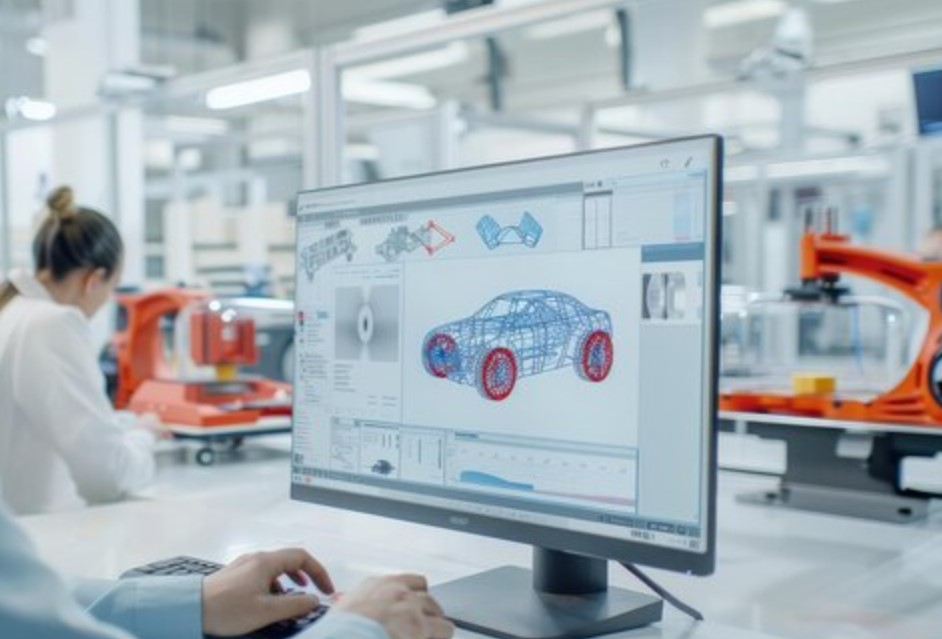Quality Assurance in Automotive Embedded Projects
— February 24, 2017The Critical Role of QA in Automotive Embedded Projects
Understanding Quality in Automotive Embedded Systems
Quality is the defining factor that sets a product apart from its competitors. It represents the extent to which a product meets customer expectations at a price the customer is willing to pay. However, quality is not synonymous with being bug-free. A product free from bugs might not fulfill customer expectations, and thus, it cannot always be deemed high quality. Quality is determined by how well the product aligns with customer requirements and the perception of its value by end users.
“Quality Assurance” refers to the activities aimed at embedding quality into the final product. These activities include preventive and corrective actions designed to ensure that the product satisfies customer expectations. These expectations are shaped by the product’s intended use and adherence to various legal or industry standards.
The Challenges of Automotive Embedded Systems
Automotive embedded software development poses unique challenges compared to other software domains. In the automotive sector, hardware and software are intrinsically linked. This relationship demands precise synchronization between components. Additionally, automotive hardware often differs from vendor to vendor, offering limited resources for software operation. Systems in this sector must function in real-time and endure over long periods with minimal maintenance.
Unlike other industries, deploying updates or patches is not straightforward for automotive systems. A failure in critical components, such as an engine control unit or airbag system, can lead to dire consequences, including physical harm. Thus, communication between teams responsible for different system components is vital to ensure success. These teams are often spread across continents, which adds complexity to project management and coordination.
The automotive industry demands strict alignment between customer requirements, global teams, and mandatory legal or industry standards. Fortunately, software engineers can draw on the extensive experience of the car manufacturing industry. The automotive sector has pioneered production processes and automation and has long dealt with safety regulations, offering invaluable insights for software engineers.
Implementing Quality Management
Quality management systems in automotive projects rely on a process-based approach. Three key industry standards provide the foundation for this approach:
- ISO/TS 16949: Specifies requirements for automotive production and service part organizations, building on ISO 9001:2008.
- CMMI® (Capability Maturity Model Integration): Provides a framework for improving processes.
- ISO/IEC 15504 (SPICE): A process assessment model focusing on software improvement and capability determination, with a specialized variant, Automotive SPICE (A-SPICE), tailored to the automotive industry.
A-SPICE, developed collaboratively by leading automobile manufacturers and suppliers, has become the industry standard. Organizations seeking to enter the automotive market must develop an internal quality management system based on these standards. Such a system helps them compete effectively and meet contractual and industry requirements.
A process-based quality management system offers numerous advantages. It creates a framework for routine tasks, improving accuracy, efficiency, and learning. By enabling teams to track progress, derive measurements, and analyze outcomes, organizations can reduce project costs and gain a competitive edge. A well-defined system also provides evidence of quality to customers, demonstrating a commitment to excellence from the project’s inception.
Process Maturity and Continuous Improvement
Both SPICE and CMMI organize organizational activities into distinct process areas:
- Engineering Processes: Include development, requirements engineering, and change management.
- Management Processes: Encompass project management and performance measurement.
- Organizational and Support Processes: Cover process management, training, and supplier management.
Processes are assessed based on maturity, which ranges from incomplete (level 0) to innovative and optimized (level 5). Maturity levels indicate how well processes meet various attributes, influencing the organization’s ability to deliver high-quality results.
Although compliance with CMMI and ISO standards can be certified by authorized bodies, A-SPICE certification follows a different approach. Car manufacturers typically specify required maturity levels in contracts. Suppliers must demonstrate compliance through audits and performance assessments, often conducted by customers.
Continuous improvement is crucial for quality management systems. Organizations must regularly review and refine their processes based on feedback and performance data. By doing so, they can ensure processes remain effective and adaptable to evolving project needs.
The Role of the Software Quality Engineer
The Software Quality Engineer (SWQE) plays a pivotal role in maintaining and improving quality management systems. This individual acts as a bridge between organizational processes and project-specific implementations.
The SWQE is responsible for ensuring that organizational processes are effectively applied within projects. They support teams in setting realistic quality goals and tailoring processes to suit project requirements. This role requires balancing conformance to proven methods with the flexibility to explore innovative solutions.
Although SWQEs are not team members, their independence allows them to provide objective assessments and recommendations. They conduct compliance checks, collect performance data, and present evidence of quality to customers. Their work spans all project areas, from management to engineering, ensuring every team member adheres to quality standards.
SWQEs are also instrumental in addressing non-conformities and finding solutions to quality-related issues. Their communication skills are vital for persuading team leaders and managers to adopt necessary changes.
Ensuring Quality at the Project Level
A quality management system must be effectively implemented at the project level to succeed. Teams must prioritize preventive measures, such as clarifying customer requirements and documenting decisions, to minimize errors and delays. For example, investing time in understanding customer needs can save significant resources in testing and debugging later.
Properly implemented quality management practices foster collaboration and efficiency. However, poorly executed practices can lead to delays, conflicts, and customer dissatisfaction. Thus, project teams must view quality management as an integral part of their workflow rather than an external obligation.
Conclusion
Quality assurance is vital in automotive embedded projects. By adopting industry-proven standards and practices, organizations can deliver reliable and high-quality products that meet customer expectations. The automotive industry’s long history of addressing safety and regulatory challenges provides a valuable foundation for software engineers.
Organizations must commit to continuous improvement, leveraging feedback and performance data to refine processes. By integrating quality management at all levels, from organizational frameworks to individual projects, they can maintain competitiveness and build lasting partnerships with clients.
The role of the Software Quality Engineer is central to this effort. Their expertise ensures that processes are not only compliant but also effective and adaptable. Ultimately, prioritizing quality from the start enables organizations to meet the demanding standards of the automotive industry while fostering innovation and excellence.





